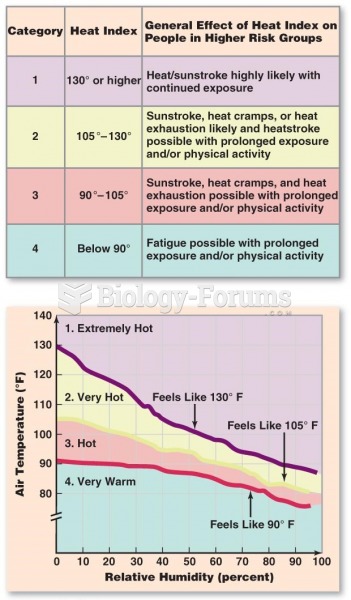|
|
|
Did you know?
Medication errors are three times higher among children and infants than with adults.
Did you know?
By definition, when a medication is administered intravenously, its bioavailability is 100%.
Did you know?
The shortest mature adult human of whom there is independent evidence was Gul Mohammed in India. In 1990, he was measured in New Delhi and stood 22.5 inches tall.
Did you know?
When intravenous medications are involved in adverse drug events, their harmful effects may occur more rapidly, and be more severe than errors with oral medications. This is due to the direct administration into the bloodstream.
Did you know?
The first oral chemotherapy drug for colon cancer was approved by FDA in 2001.







